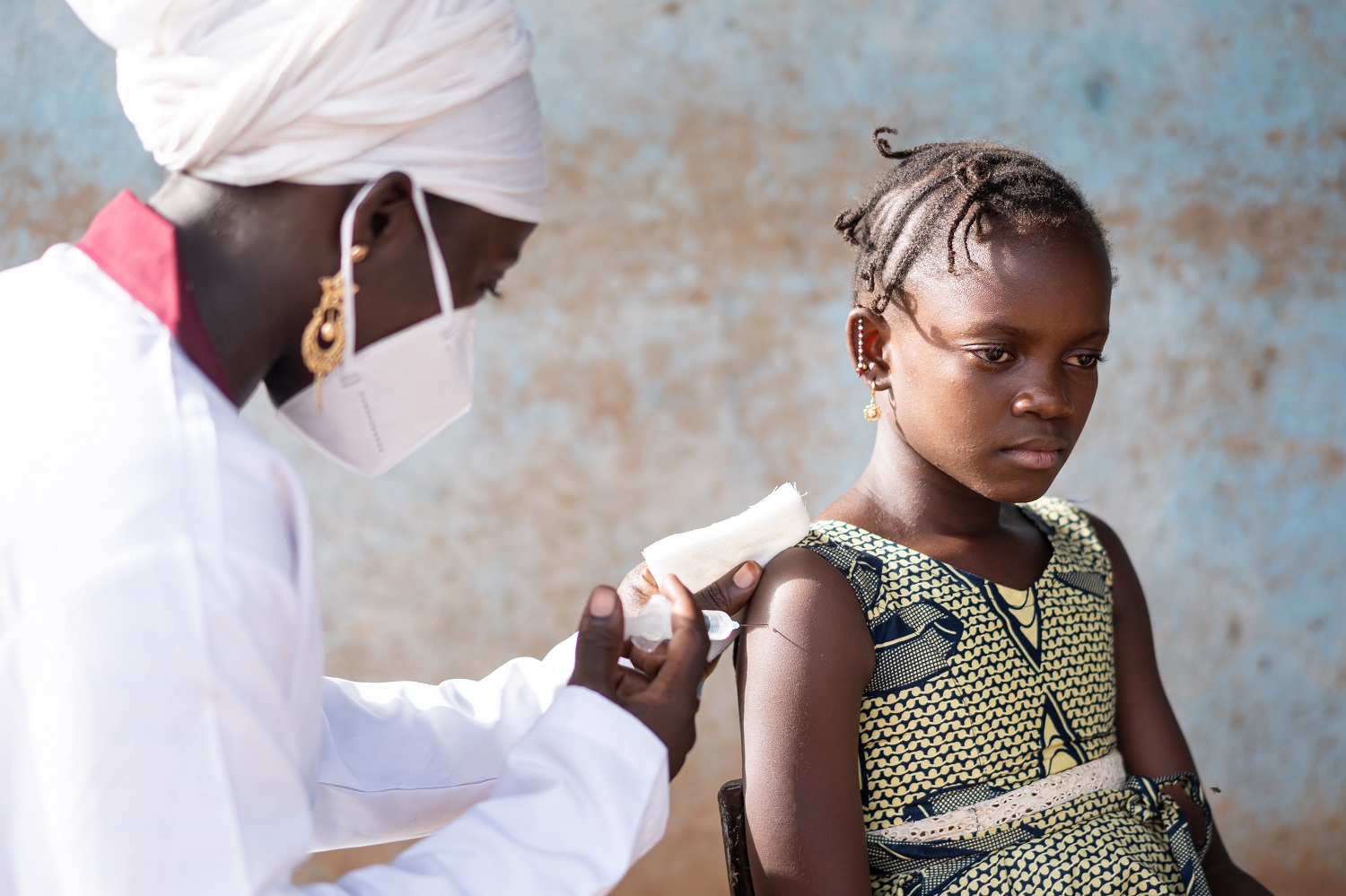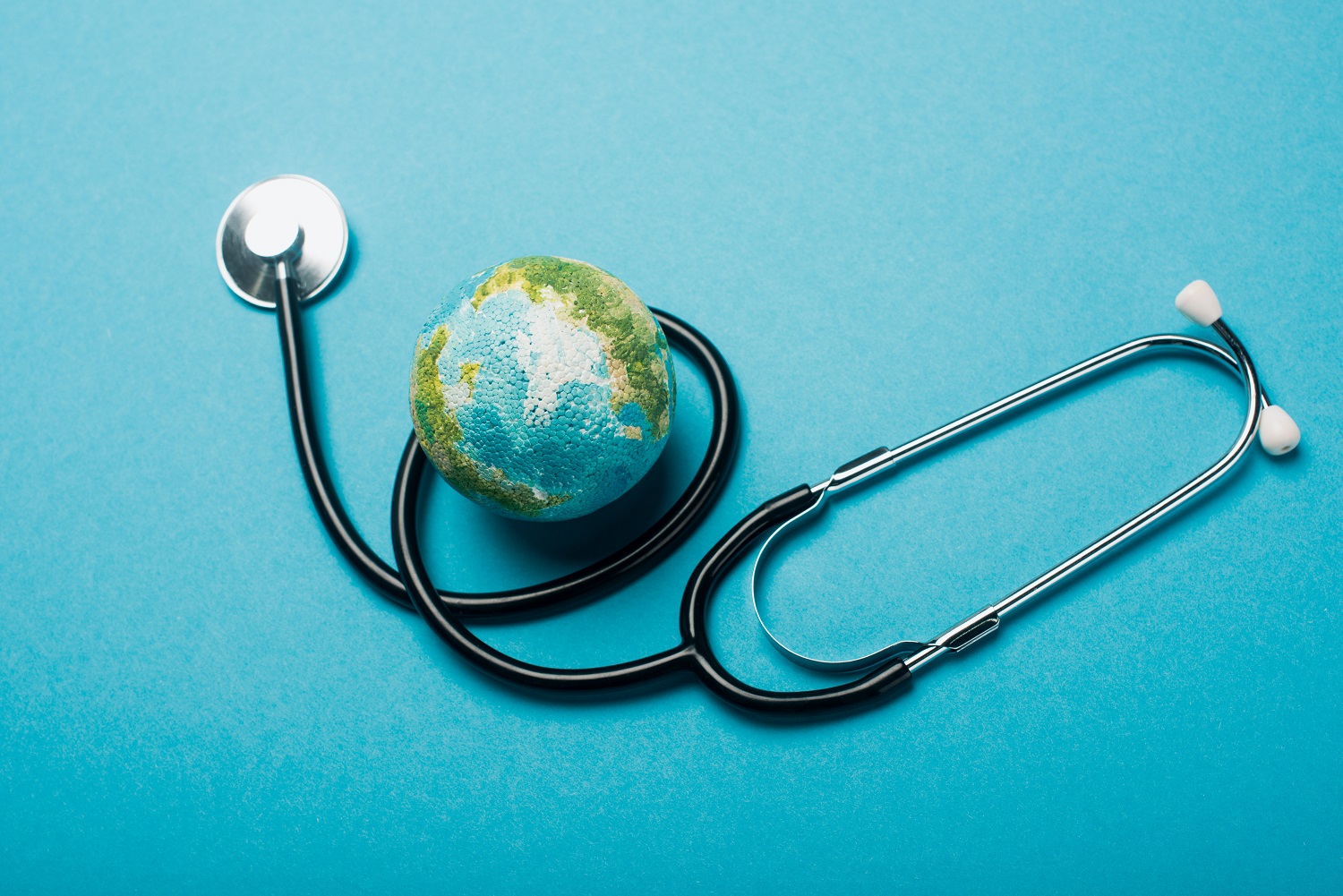Recommended

Blog Post

CGD NOTES
As World Immunization Week kicks off today, childhood vaccination remains among the most cost-effective uses of health spending. Significant progress has been made to expand global vaccine coverage. Yet, rates remain inequitable and highly variable—within countries but also across those in the same income categories. For example, among children 12-23 months, coverage of the pentavalent 3 vaccine—which protects against five major diseases—ranges from 39.6 percent (Angola) to 96.5 percent (Burundi).
Even before the pandemic, a confluence of economic, political, and social factors impeded global immunization efforts. COVID-19 caused further dips in routine vaccination rates, in part due to heightened vaccine hesitancy. This contributed to historic backsliding, with the World Health Organization estimating that the number of un- or under-vaccinated children grew from 17 million in 2019 to 25 million in 2021. Declines have also led to resurgences of vaccine preventable diseases, including measles and polio. And now, the global economic slowdown is squeezing government health spending and aid budgets, with the potential for sizeable funding gaps.
There is still work to be done to deliver on the theme of this year’s World Immunization Week—“The Big Catch Up.” Alongside national governments, Gavi, the Vaccine Alliance (Gavi) is a key player given the critical role it has played in global immunization efforts and, more recently, during the COVID-19 pandemic.
In this blog, we spotlight three key questions Gavi will need to answer to maximize its reach and impact, building on themes from a recent CGD event with Dr. Seth Berkley that featured reflections and lessons learned for Gavi’s next phase. (You can watch the full recap here.)
1. What are the most effective partnership arrangements and financing strategies to close coverage gaps and strengthen delivery systems?
Closing outstanding gaps in vaccine coverage will require Gavi to deepen existing partnerships while also forging new ones, as Berkley underscored at the CGD event. But these partnerships must be defined by clear roles and responsibilities, accountability to track progress, and flexibility to adapt to data and evidence.
Alongside external support, sustained and sufficient investments from governments are critical. And Gavi, and its partners, can help incentivize greater government spending for routine immunization, including through strategies such as targeted “immunization challenges” modeled on the Salud Mesoamerica Initiative and the Nigeria Governor’s Immunization Leadership Challenge.
As Gavi forges new partnerships and advances different approaches to align financing incentives, a key priority will be to build a stronger evidence base on what works and how to get the most health impact through investments. Identifying the most cost-effective ways to drive increases in coverage will be key, especially amidst current budget constraints. We’ll be watching this space to see how recent efforts advance, including Gavi’s new Zero-Dose Learning Hub to support national and global partners in collecting and sharing evidence to address vaccine delivery barriers.
Ultimately, strengthening delivery systems for routine immunization also has spillover effects on preparedness, enabling countries to mount a rapid response during a pandemic or natural disaster.
2. How can Gavi, alongside other partners, be better equipped to take risks during health emergencies?
Despite major delays and large inequities, the COVID-19 vaccine rollout was the fastest in history. Gavi’s experience, in collaboration with other partners, negotiating purchase agreements and financing, procuring, and delivering a new adult vaccine in 92 low- and middle-income countries illustrates important advances, challenges, and shortcomings. One key lesson Berkley reflected on is around risk taking, and particularly the importance of timely and sufficient financing to hedge bets on vaccine candidates.
COVAX—the vaccine pillar of ACT-A co-led by Gavi—was not restricted from making “at risk” vaccine purchases. However, after its launch in June 2020, COVAX had only $300 million in available funding, while countries like the US placed orders worth over billions of dollars around the same time. This placed COVAX at the back of the queue, which explains the majority of the 39-day delay between the first injection in a high-income country and the first vaccine administered by the COVAX partnership as well as the significant lags in coverage rates across lower-income countries.
Without a true counterfactual, it is impossible to know how the COVID-9 vaccine roll out would have played out in the absence of a global procurement mechanism like COVAX. Still, one clear lesson is that at-risk financing must be available upfront to support higher volumes of pre-purchasing and secure earlier spots in the queue—factors that contributed to the success of Operation Warp Speed. Beyond financing, Gavi is also building on its stockpiles of vaccines against epidemic diseases like cholera and Ebola and developing infrastructure, such as the Pandemic Vaccine Pool, designed to facilitate an equitable global rollout.
Although preparedness interventions—which includes pre-purchasing doses that may or may not ultimately need to be procured and delivered—come at a cost, the cost of health catastrophes without adequate preparedness is an order of magnitude larger. Funders are right to hold Gavi and its partners accountable to steward its resources well. And while questions remain about the specific scale of the risk and who should bear it, making at-risk investments when needed and learning from mistakes should be part of delivering a more effective collective global response to future crises.
3. How must Gavi adapt to the changing vaccine landscape?
The global vaccines market is more diversified than ever before, as Berkley highlighted. When Gavi was established, its network comprised five manufacturers supplying prequalified vaccines, four of which were located in wealthy countries. By 2021, the number of suppliers more than tripled to 18 manufacturers, with more than half based in Africa, Asia, and Latin America.
As this shift indicates, regional manufacturing initiatives have increasing appeal among policymakers—including in Africa and Latin American and the Caribbean. Indeed, in the wake of experiences during COVID-19, there has been increased momentum around building more diversified vaccine manufacturing capacity as a pathway to strengthen resilience. But existing initiatives will need to have an explicit relationship to existing market demand and sources of domestic financing to ensure long-term viability. And Gavi’s procurement arrangements will have sizeable impact on vaccine markets since nearly half of children around the world receive Gavi-financed vaccines.
Within this evolving landscape, how can—and should—Gavi adapt its procurement policies and arrangements, with an eye to ensuring longer-term resilience and self-sufficiency? Gavi’s board recently approved a plan to support regionally diversified vaccine manufacturing on the African continent, including designing a new financial instrument along the lines of an advance market commitment. Gavi also plans to focus on creating better demand signals and working in collaboration with partners to identify those antigens for which demand is likely to exceed supply, which could include the RTS,S vaccine for malaria that is in high demand in Africa and is now supported by Gavi. Gavi is right to prioritize these efforts, but how best to translate these plans into action is far from straightforward and will require careful consideration of trade-offs, including balancing goals of resiliency and self-sufficiency with other priorities including affordability and equity.
A path forward for Gavi
Gavi’s core mission to expand equitable access to vaccines remains as important as ever, but it will also need to continue to adapt and rethink its model in a rapidly shifting global health and development landscape. Going forward, routine vaccination against known diseases will remain critically important and must be balanced with the need to develop new medical countermeasures in the face of imminent future pandemic threats. As Gavi approaches an important leadership transition and nears the mid-term point of its current strategic period, stay tuned for more research and analysis on these issues from CGD.
Watch the full recap of CGD’s recent event featuring Gavi CEO Seth Berkley here.
Disclaimer
CGD blog posts reflect the views of the authors, drawing on prior research and experience in their areas of expertise. CGD is a nonpartisan, independent organization and does not take institutional positions.
Image credit for social media/web: Adobe Stock




